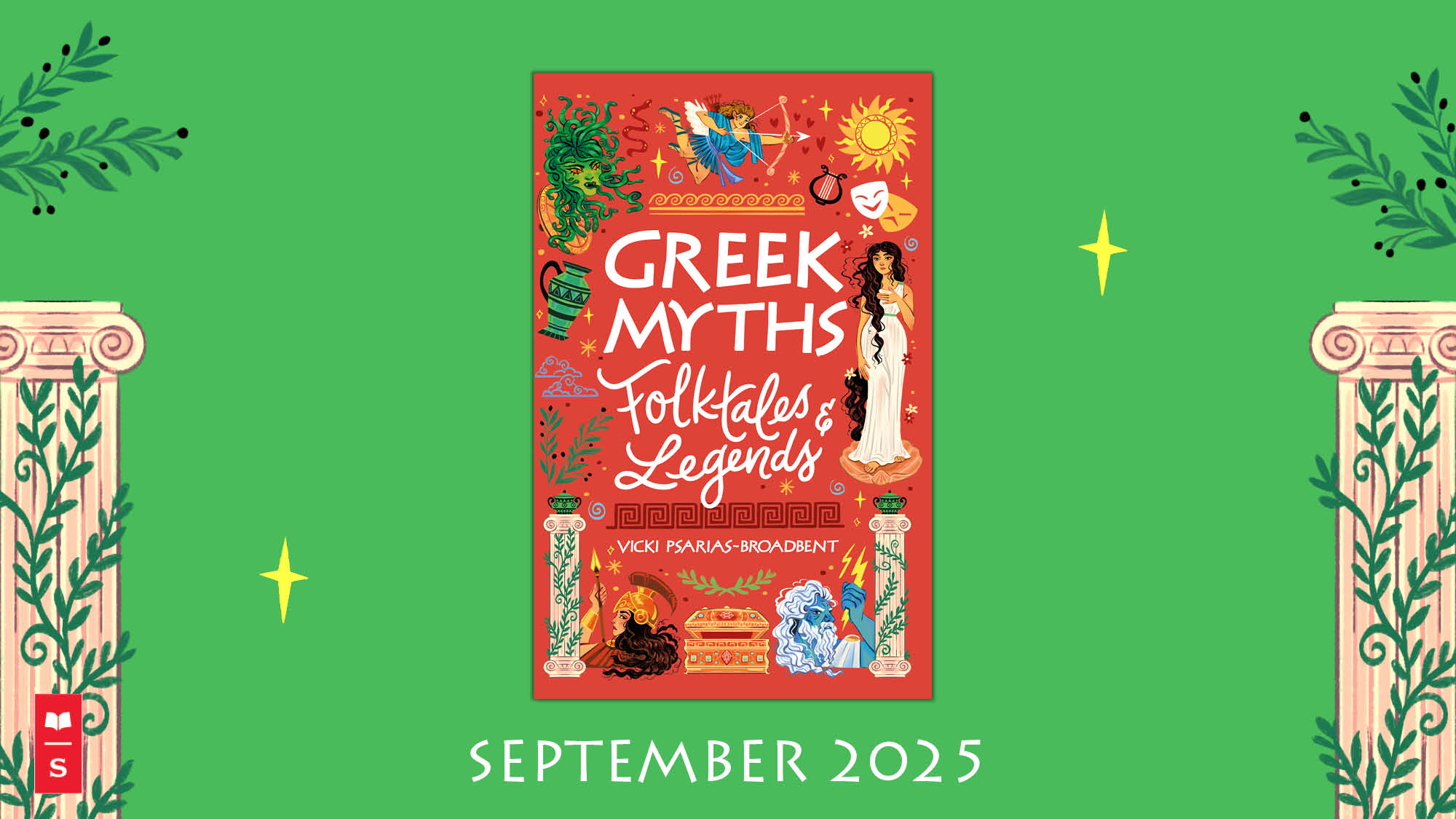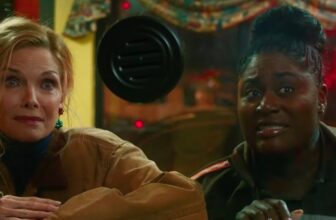
As a child, drawing felt effortless. Creativity flowed freely, untouched by doubt or self-criticism. Yet that early spark did not carry me into a lifelong habit. Over time, the weight of daily responsibilities pushed my creativity aside, and the freedom I once found in making art slowly faded from view.
When I finally picked up my sketchbook again, it was both surprising and deeply moving. The creative child in me had never truly disappeared, even though my brushes had been gathering dust for years. This is the story of how I went from neglecting a beloved hobby to embracing it once more, transforming it into a joyful and meaningful practice as an adult.
Perhaps my journey will encourage you to rediscover your own forgotten passions, whether they have been dormant for months or for decades.
The Early Spark: Childhood and Creative Beginnings
My first artistic adventures started like most kids – with colorful scribbles that grew into more thoughtful shapes and forms. The magic of making something from nothing grabbed me at preschool age. A simple crayon mark turned into loops, lines, and wobbly circles that became real images.
Drawing as a daily joy
My childhood sketchbooks show how naturally I took to creating art. Kids are drawn to artistic expression right from their early years – it’s perfectly normal. Drawing wasn’t just something I did – it was as essential as breathing or playing. I would get lost in my work and spend hours on a single piece.
The happiness I got from drawing came in part from how it made me feel better. Research shows that kids who draw have better moods and can handle their emotions better. Now I can see how drawing became my safe space. It helped me process my daily feelings and build inner strength while helping me understand spatial relationships.
Drawing pulled me in because it gave me total freedom. My imagination could run wild and I could tell stories through pictures.
How family and school shaped my art passion
My parents played a huge role in my artistic experience by keeping art supplies within reach. Having crayons, paper, and paints nearby meant I could create whenever ideas came to me. This simple thing – having art materials ready – affected how much I made art.
My family’s excitement about my artwork, whatever it looked like, helped build my confidence. They put my art on display and asked me about how I made it instead of just looking at the final piece. “Tell me about your drawing” became their way of letting me share the stories in my art, proving it right that my creative voice mattered.
School introduced me to art in many ways – through art classes, museum trips, and art mixed into regular subjects. These structured activities went together with one another with what I experienced at home.
My home and school experiences built a strong base for my love of art. Research confirms that when parents support their kids’ art and schools provide various artistic experiences, it really affects how children develop artistically and see themselves as artists.
Losing Touch: When Life Took Over
My transition from a child who loved art to an adult who barely touched it happened so quietly that I barely noticed it slip away. Those vibrant memories of creating art as a child stand in stark contrast to my inability to remember when my sketchbook first started collecting dust.
Why I stopped creating
Time became the biggest obstacle in my way. Adult life brought endless responsibilities that made it hard to find space for drawing with passion. Work deadlines, social commitments, and daily chores pushed my creative interests to the side. Many adults share this story – they let go of their creative hobbies to focus on work, family, and money.
The corporate world changed how I looked at things. Our society values achievement and improved productivity, but it comes at a high cost to personal interests. Career advancement took priority over artistic expression, and I chose networking events over drawing sessions. The message was clear – art was just a childish hobby, not a valuable use of time.
The slow fade of artistic identity
My identity as an artist didn’t vanish in one day – it just slowly drifted away. Being “good at drawing” turned into “something I used to do.” Research shows this loss of creative identity leaves people feeling lost and grieving, especially when you have creativity as your way to make sense of the world.
Self-doubt replaced the freedom I felt as a child. My adult self became too aware of every flaw, thinking that without professional-level skills, my art wasn’t worth creating.
How I justified leaving art behind
I created clever excuses to explain my absence from art. “I’ll start again when life calms down” became my go-to phrase, but that perfect moment never came. My mind convinced me that practicalchoices mattered more than creative fulfillment.
The sort of thing I love to think about now is how I started believing my art needed others’ approval to matter. Without an audience or praise, it seemed pointless. As a child, the joy came from creating itself, not from what others thought about it.
The Turning Point: Finding My Way Back
My return to passionate drawing came as a surprise after being away from art for years. Getting back to being creative wasn’t easy, but it turned out to be nowhere near as challenging as I thought it would be.
A moment that changed everything
A back injury forced me to slow down and that’s what sparked my artistic comeback. This unexpected break gave me time to think about what really made me happy. Like in many other cases, artists often find their way back to creativity through major life changes – divorce, illness, or switching s.
One afternoon while looking through old photos, I found a picture of myself drawing in a hospital bed. This image touched something deep inside me—not the guilt I expected for giving up art, but a feeling of compassion for everything I’d been through.
Learning guided art projects for beginners
The hardest part was figuring out where to start. I found that beginner projects were the perfect way to ease back in. Online communities turned out to be great places to learn with others who would not judge. Resources like premium adult painting kits also gave me structure and confidence, since they provided everything I needed in one place without the pressure of starting from scratch.
My journey started with simple exercises:
- Daily five-minute sketches in a small notebook
- Paper crafts that needed basic skills
- Online classes with step-by-step guidance
Each small win helped rebuild my confidence. These simple activities strengthened my creative muscles, just like physical therapy helps heal injured ones.
Letting go of perfectionism
My biggest challenge was perfectionism—that fear that stops you from creating because it might not be “good enough”. This showed up as putting things off, seeing mistakes everywhere, and leaving pieces unfinished.
The breakthrough came when I stopped seeing myself as my artwork. This realization freed me to try new things without fear. I also started following the “80:20 rule.” Most of the good stuff comes from the first 20% of effort, so I learned to call things “done” before wearing myself out with endless tweaks.
Documentation became my friend. Every sketch showed progress instead of failure—small steps toward getting better at art.
Experimenting and Evolving: My New Artistic Life
After reconnecting with my creative side, I felt compelled to explore new artistic horizons. What began as tentative sketches soon grew into a deeper journey of discovery.
Some of the most transformative parts of this journey included:
- Trying new mediums such as alcohol ink: My first experience with alcohol ink changed how I approached art. Unlike traditional drawing, this medium allowed me to embrace mistakes as part of the process. The pigments flowed across non-porous paper in unpredictable ways, creating mesmerizing patterns. I learned to let go of control and enjoy the beauty of spontaneity.
- Learning from online art classes: Online platforms such as MoMA’s courses and Skillshare introduced me to techniques and communities I never imagined. I could revisit lessons as often as I needed and gain insights from instructors with different artistic perspectives. This created a supportive environment where learning felt natural and pressure-free.
- Building a creative routine: Setting aside a dedicated space in my home became essential. Returning to the same corner with familiar tools taught my mind to enter a creative flow more easily. Showing up regularly, especially in the mornings when I felt most inspired, allowed art to become a steady rhythm rather than an occasional pastime.
- Sharing my work without fear: Separating my sense of worth from my art helped me overcome the anxiety of sharing. I began with close friends, then slowly widened the circle. Realizing that vulnerability and rejection are part of every artist’s journey gave me courage to keep sharing.
- Making art a daily habit: Creativity now weaves itself into small moments throughout my day. Quick sketches over breakfast, short journaling sessions at night, or experimenting on weekends feel as natural as any daily routine. Art has shifted from being an activity I occasionally pursued to something that has become a part of who I am.
Conclusion
Looking back, I see that art never truly left me. It waited patiently beneath the surface, ready to return when I was willing to give it space again. What once felt like a forgotten hobby has grown into a steady source of joy, balance, and self-expression in my daily life.
This journey reminded me that creativity is not about perfection or recognition but about presence, curiosity, and the courage to begin. Even the smallest act of making can open the door to wonder and healing.
If you have ever set aside a passion that once lit you up, know that it is never too late to return to it. Whether your tools are crayons, brushes, or words on a page, your creative voice is still waiting for you. Giving yourself permission to create again may become one of the most rewarding gifts you can offer yourself.
Photo by Mike Petrucci on Unsplash.
Pre-order my debut children’s book
Greek Myths, Folktales & Legends for 9-12 year olds
Published by Scholastic. Available on Amazon
Disclaimer: This content was automatically imported from a third-party source via RSS feed. The original source is: https://honestmum.com/from-forgotten-hobby-to-daily-joy-my-adult-journey-back-to-art/. xn--babytilbehr-pgb.com does not claim ownership of this content. All rights remain with the original publisher.







